From the outside, bouldering may seem just another sport. But if you find yourself reading this article you are probably a climber. Therefore you know, by now, that the more you do it, the more addictive it gets and the more you want to climb.
Would you like to be able to have longer climbing sessions or just be able to climb for 10 days straight on your climbing trip? We looked into some game-changing options for you.
Keep on reading. This article is intended for those who want to explore the tales and trials of unorthodox climbing methods.
Tales and trials of unorthodox climbing methods explained
Ever since performance became the epicenter of the sport, climbers are looking for ways to make their sessions longer. Some even turn to unconventional methods, sometimes blurring the line between ethics and safety.
Finger strength, good skin, pain resistance, and mental resilience are both essential qualities and potential limitations in climbing. Have you ever returned to climbing after a long break, only to feel incredibly sore? But then, after getting into a constant rhythm you notice the soreness decreases?
Well, this goes for building skin as well. Over time, your skin adapts until you reach a point where no matter what you do, your fingertips are simply worn out, forcing you to rest, even when your psyche is high and the body still has the energy to keep going.
Is there something you can do about it?
Antihydral: The secret weapon for long-lasting skin
Antihydral is a magic potion I heard about early on in my climbing. But as a beginner, I wasn’t interested that much in it since I was mainly climbing indoors and I thought my skin was pretty good.
But 10 years later, climbing on harder grades and sometimes in challenging conditions such as high humidity, heat, or dryness, or on rough rock surfaces I noticed my skin suffers more.
And we all know skin and climbing performance are playground pals. As far as I’m concerned, if my skin hurts I pretty much have to end my bouldering session. The mere thought of gripping the holds feels unbearable.
Antihydral is a German-made cream originally designed for excessive sweating but repurposed by climbers to toughen skin. By using it a few times a week, climbers can reduce sweating in their fingertips and develop calluses that better withstand the friction of sharp holds.
How to use Antihydral: Apply a small amount to your hands before going to bed, either the night before a climbing day or throughout two or three nights leading up to it. Wash off the residue on your skin the next morning.
Rhino Skin – Alternative to Antihydral
There are many stories out there in the climbing community about climbers misusing Antihydral, leading to painful splits mid-session and brittle skin.
If you don’t want to deal with the controversy around it and stay on the safe side try Rhino Skin Dry. This way you’ll only deal with your sweaty hands and feet. Unlike Antihydral, there is no need to worry about getting Dry Spray increases or cuts. It’s made of two ingredients: 8% Methenamine for its anti-perspiring effects and Alcohol as its degreaser.
Watch more about climbing skin care here

Gel toe caps: a boulderer’s best friend
When foot pain becomes an inevitable consequence of climbing, exploring your options can be an idea. Some of my friends are struggling with ingrown nails and let me put it this way: high-performance climbing shoes don’t help at all with that!
This is what gel toe caps were made for! Perfect for climbers who frequently try on steep boulder problems with small footholds and sharp edges, these silicone-based protectors distribute pressure more evenly across the toes, reducing pain.
You can find the EB Gel toe protector in our Boulderflash shop.
Electro acupuncture pens: pain management and recovery
Acupuncture is a traditional Chinese medicine practice believed to balance the body’s energy flow, or qi, by targeting meridians and specific points on the body to treat pain and promote wellness. The only downside is it involves inserting thin needles while at it.
Electroacupuncture comes with the benefits of traditional acupuncture but without the needles! The practice uses pens to deliver mild electric pulses to specific points on the body, stimulating circulation and alleviating pain. The treatment is supposed to be completely painless and highly effective.
As a climber, you are no stranger to muscle tension and knots (those hard and painful points in your muscles).
What electroacupuncture pens do is help your muscles to recover quicker. So, while they won’t directly increase strength or stamina, they will help you have longer sessions and maybe increase endurance.
Moreover, electroacupuncture combined with stretching after every session (even a short 15-minute session) can give you one or two days of extra climbing.
And on a climbing trip, this might be what makes the difference between sending your project or not.
Are electroacupuncture pens safe for home use?
Yes. However, if you are not trained for it, limit yourself to using it for stimulating circulation, and alleviating muscle pain.
Hear more about it here.

Disclaimer: Electroacupuncture pens don’t replace an acupuncture-certified worker. Before trying electroacupuncture, talk to your doctor as there are a few medical conditions that are not compatible with it.
Super glue: a climber’s emergency skin repair kit
I saved the most infamous unorthodox method as the last. 😂I first heard about climbers using superglue when I moved to France. I have a friend who often gets splits in the winter season and he doesn’t shy away from using it just so he’s able to climb.
Rather than ending a bouldering session due to a split fingertip, climbers have found that a carefully applied layer of super glue can temporarily close wounds, providing just enough protection to push through one more attempt on a project.
The trick lies in application – too much glue and the hold becomes slippery, too little and the wound may reopen. However, despite the risks, for many, superglue remains an essential part of their climbing kit.
Downsides of using superglue
- Stories of climbers accidentally gluing their fingers together
- If the split is more of a cut caused by a certain hold then gluing it might not do much if you keep climbing on the same route
- The glue you find in-store is not exactly the healthiest to be applied on the skin. That’s why skin-safe glue such as Liquid Skin from Compeed or Germolene New Skin.
Watch more Can You Use Glue to Protect Your Skin?!

Homemade or custom-made training kits: DIY solutions for strength and endurance
As bouldering’s popularity continues to grow, we are living in a golden age for indoor climbing spaces. Based on a survey last year the development of climbing facility chains has been on the rise in the UK. And it seems to be similar all over the world.
Now, this is good news but it also means indoor bouldering gyms are likely to be less equipped with training tools to keep the spaces more attractive for beginners.
For this reason, there is a growing underground community of climbers that has taken matters into their own hands, crafting homemade training kits and spaces.
Where I live more than 50% of the climbers have a home wall, training tools such as custom-made hangboards, and wooden pinch blocks designed for progressive loading to rigged pulley systems in their garages.
The pro climbers I know even own a Kilterboard and Moonboard.
Here is an example of Anak Verhoeven’s custom-made training kit

Four benefits of having a custom-made training kit
- You have access to personalised training designed for your strengths and weaknesses
- These homemade solutions are not only cost-saving but also time-saving as you don’t have to go to the gym anymore
- You can train at your own pace and on your own schedule
- You can replicate real climbing scenarios to improve technique, not just strength
Did you check our Boulderflash shop for training equipment? From YY Gym Rings, Lattice MXEdge Lift, and Campus Blocks to Elastic Bands we have it all!
The art of the unconventional and pushing boundaries in climbing
Whether it’s about the body, the mind, or ethics, climbing has always been about pushing limits and redefining boundaries. And regardless of the reasons for which you’re climbing, performance continues to be at the core of the sport.
As a result, climbers are constantly seeking to find ways to be stronger, to climb longer, to recover faster, and ultimately send.
Whether you’re embracing superglue for splits, experimenting with custom training setups, or simply looking for ways to make your climbing days count by using drying agents, there’s always something new to explore.
At the end of the day, every climber has their own approach to maximising performance.
And that’s good news!
So, do you have your own secret tricks for climbing longer? Then share your love for climbing with us!
Products related to this article
Boot Bananas

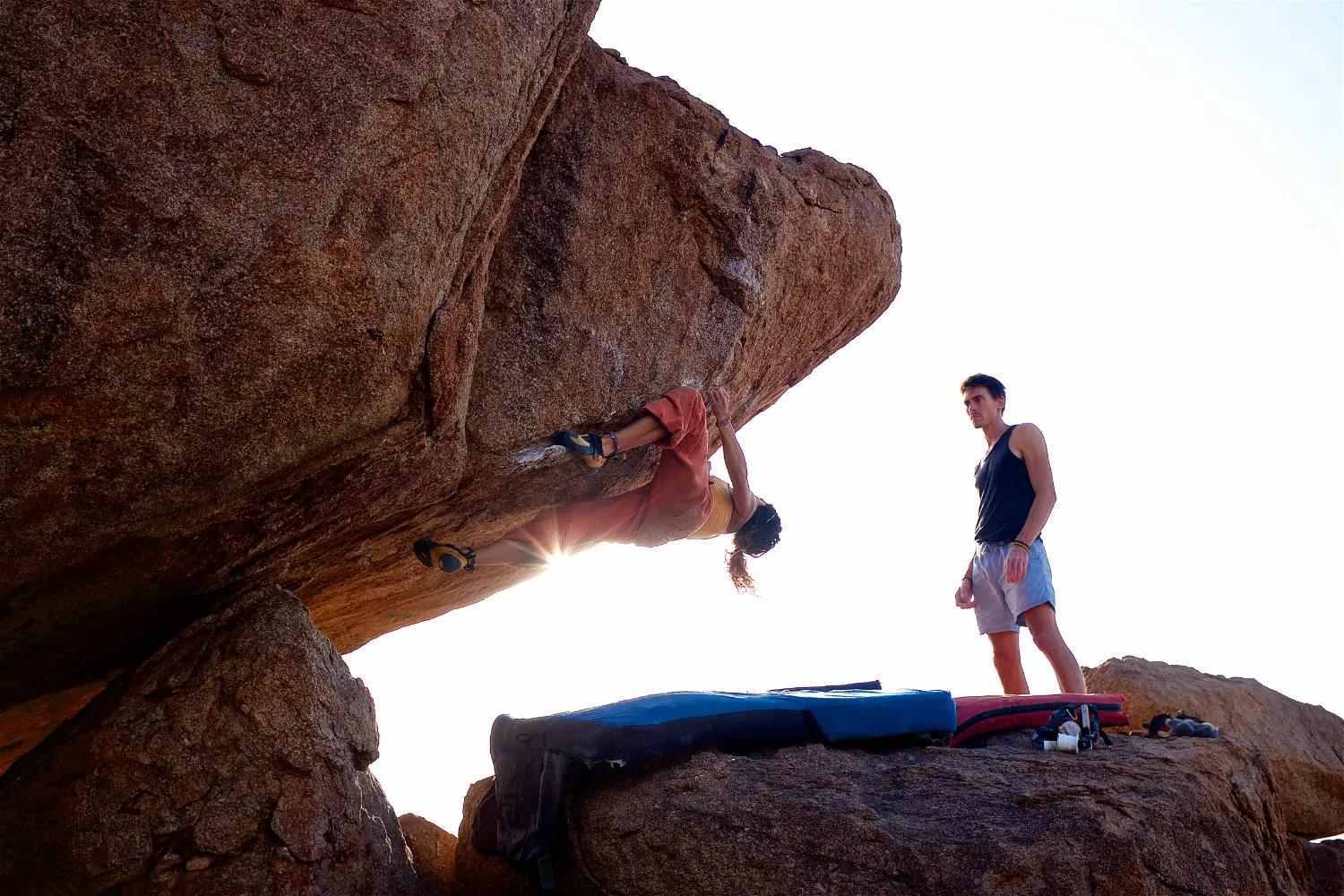



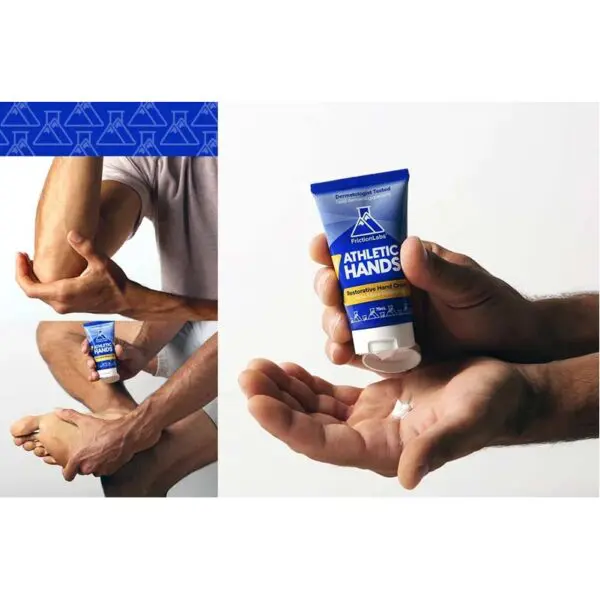
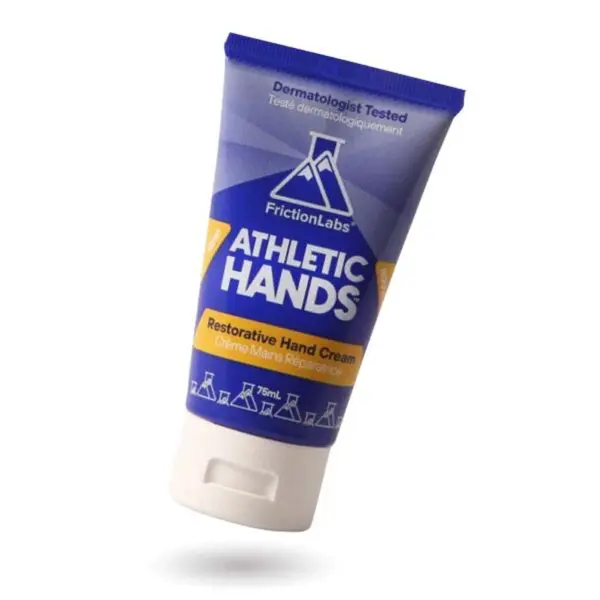
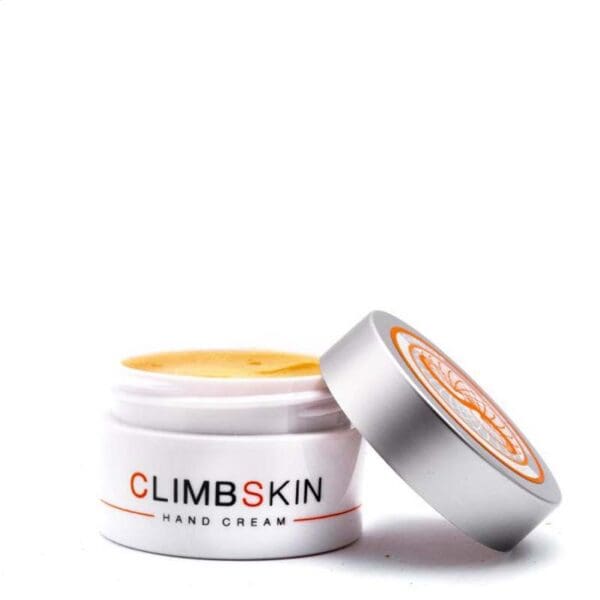
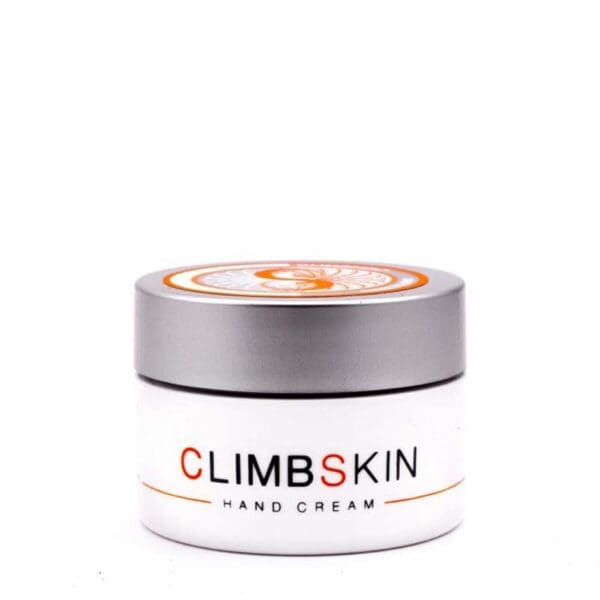

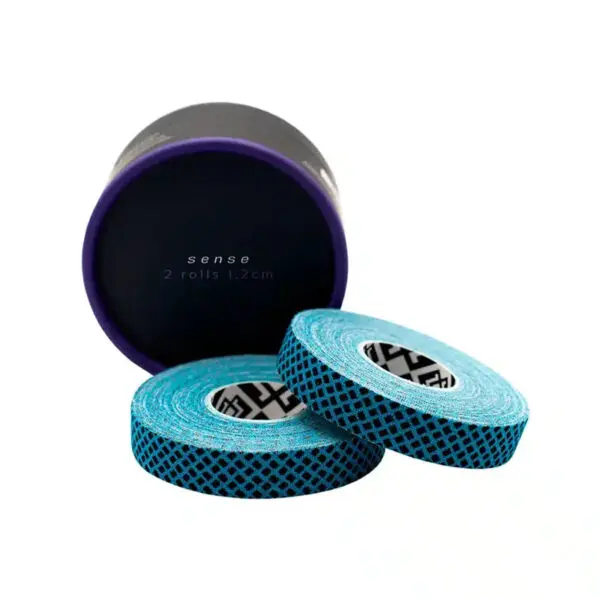
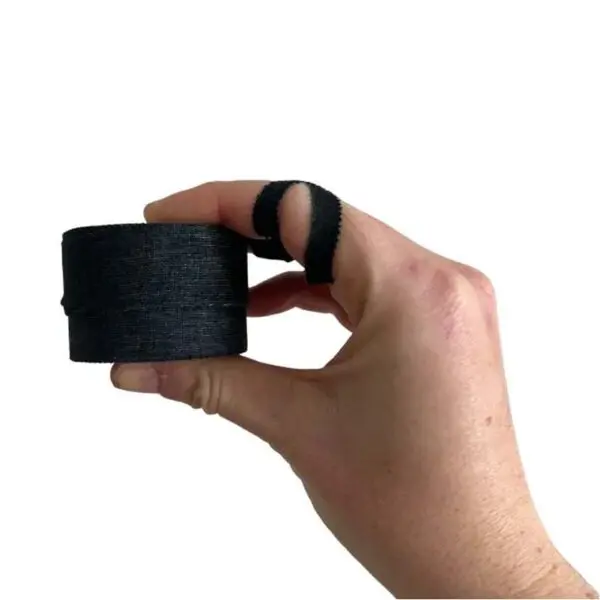
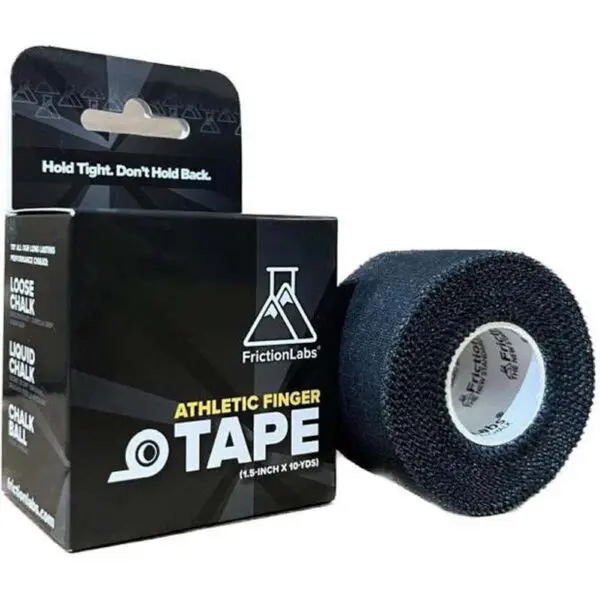



















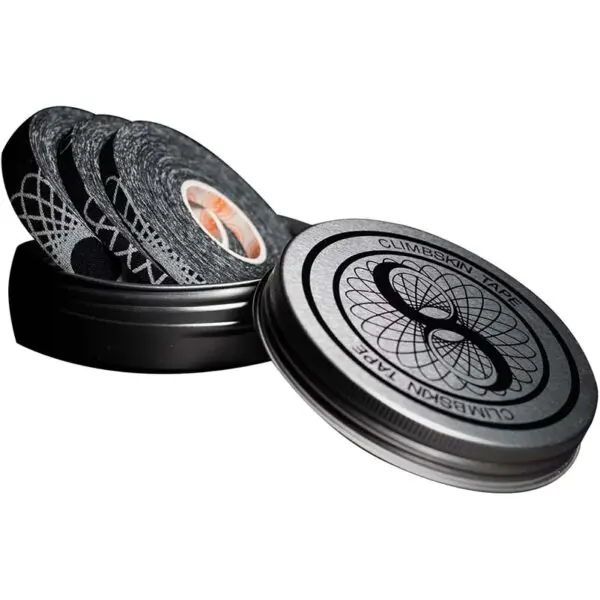













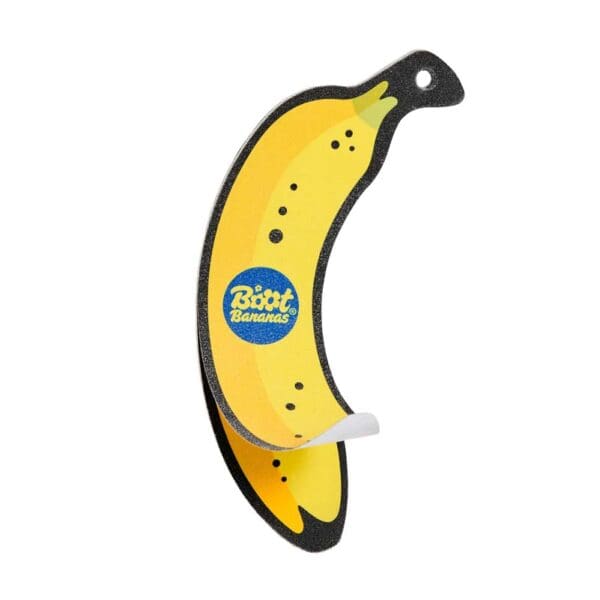
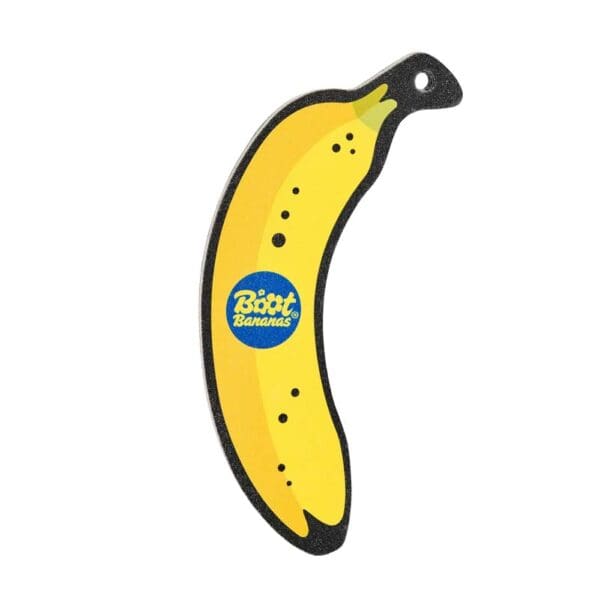







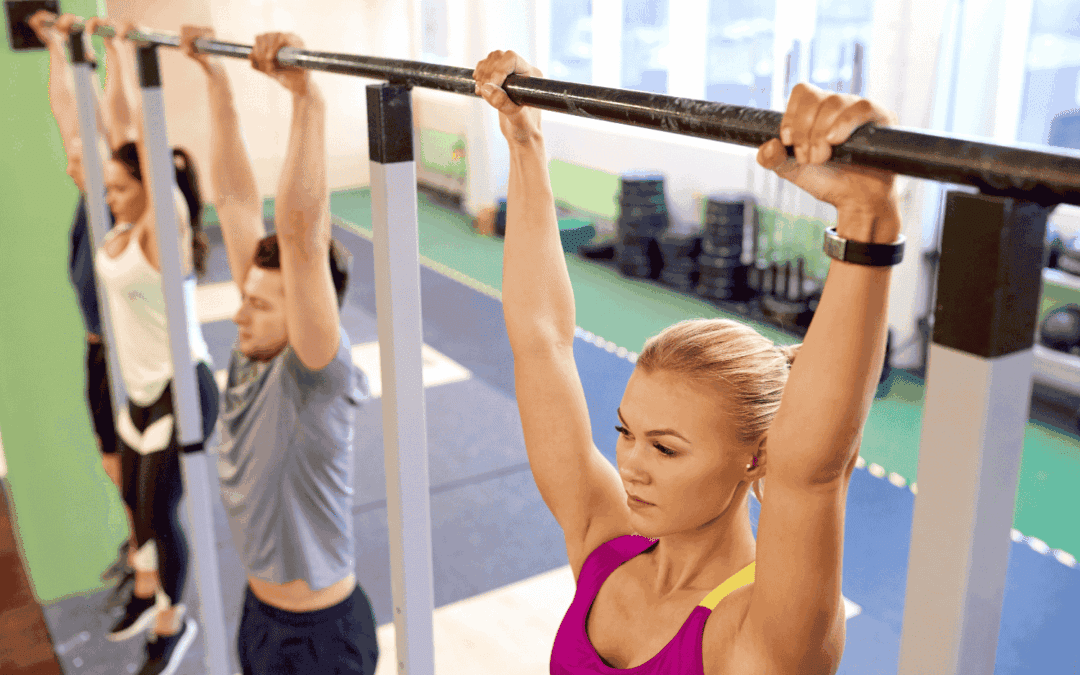
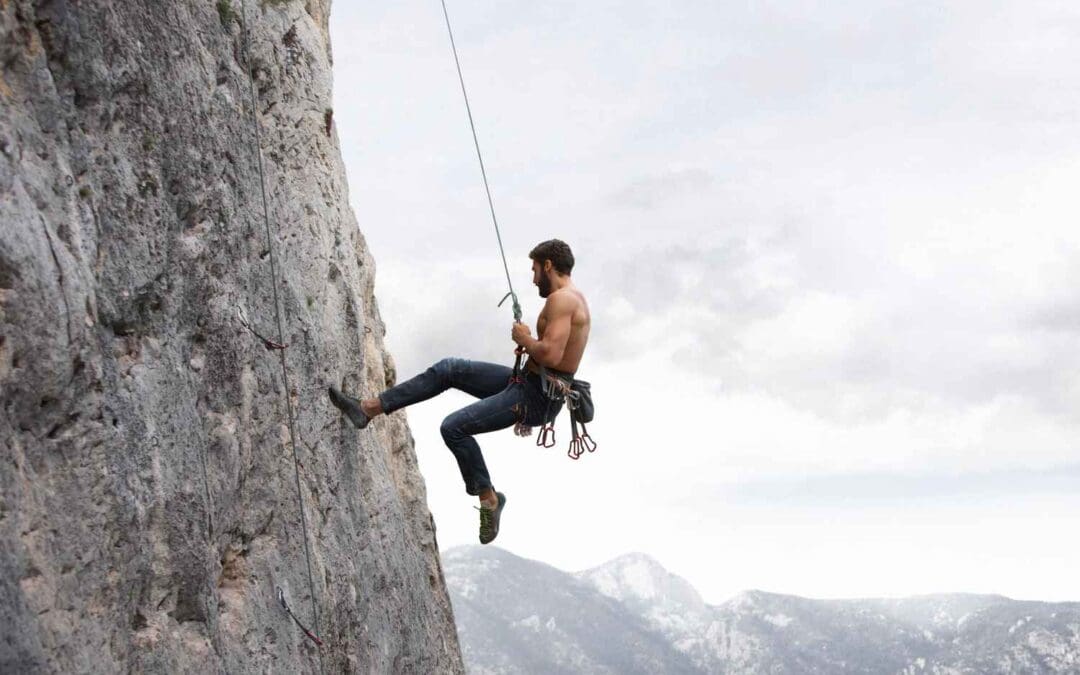
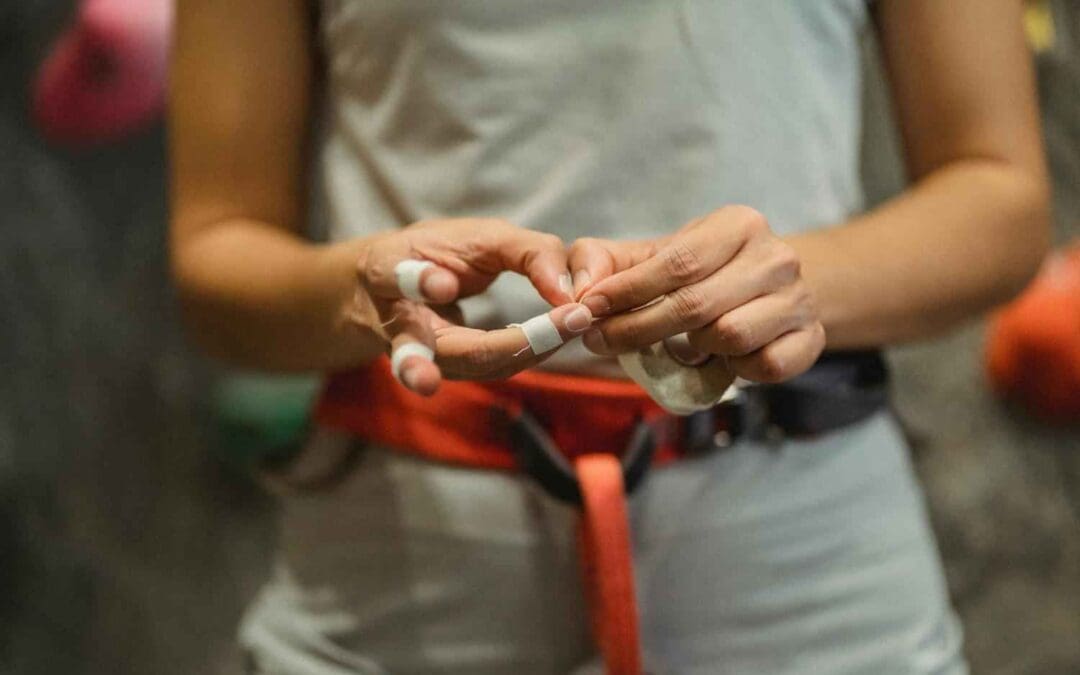
0 Comments